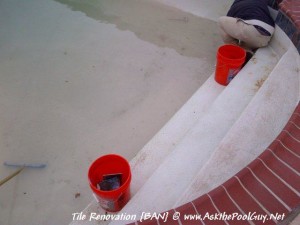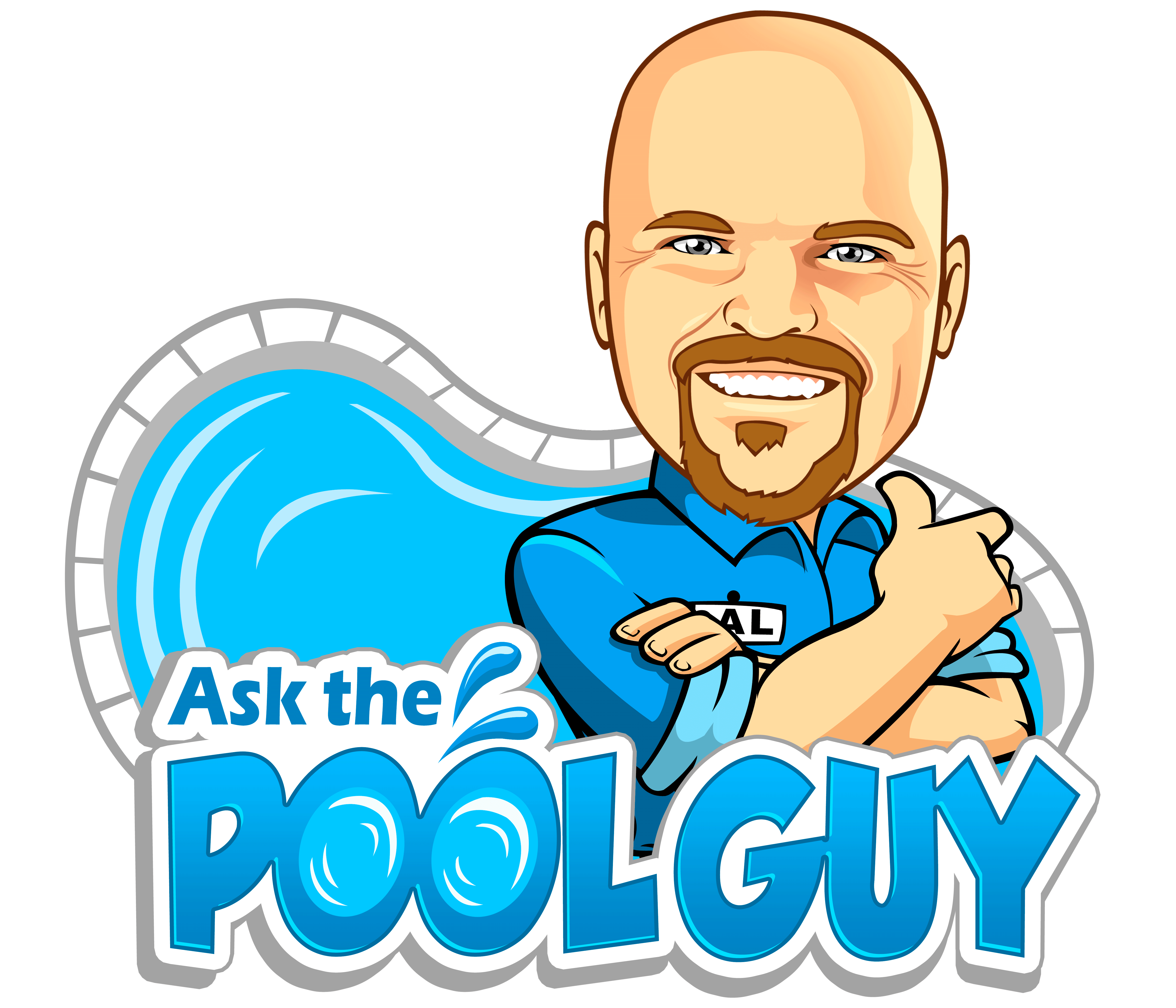 Simple solutions to help clear up any damage from calcium hardness
Simple solutions to help clear up any damage from calcium hardness
Do you ever wonder why your pool water seems to be eating away your pool surface or why scaling is appearing on your pool equipment? Improperly balanced water can cause more than algae blooms- which are easy to spot with their vibrant or dark colors. Pool water that is not balanced can sometimes cause a change in the levels of minerals (i.e. calcium hardness level) and this can be difficult to spot.
These issues are not impossible to solve. Most often, the difficult part is figuring out what is the problem in the first place. Acting fast is essential if you want to minimize the damage to your pool and pool equipment.
What is Calcium Hardness?
You may be wondering, what is calcium hardness? When talking about this issue in regards to your pool, it is the total measure of hardness of dissolved minerals such as calcium, sodium and magnesium. We recommend the level of hardness is somewhere between 200-400 ppm (180-200 for vinyl liner and fiberglass pools, slightly above 200 for gunite). If these levels get either too high or too low, this can mean serious damage to you pool. That damage is not easily repaired; which is why it is vital to act quickly.
High levels of calcium hardness could be a result of evaporated pool water. When water evaporates it increases the concentration of calcium in the remaining water as it leaves the minerals behind. Beware of some chlorine products that contain a high level of calcium- this can make the problem worse. By switching your chlorine to one that has less calcium can reduce the chances of your pool having an issue with calcium hardness levels.
Low levels of calcium hardness in your pool could be caused by poor quality fill water. That water could be low in calcium or use a low calcium chlorinator.
Spotting the Calcium Hardness
Sometimes the difficult part of dealing with calcium hardness issues is identifying the problem itself. One way to be sure you don’t have too much or too little calcium in your pool is by taking a water sample to your local pool store. However, there are also some ways to identify this problem yourself.
Low levels of calcium hardness can be identified best by the corrosive nature of the pool water. This can affect the plaster surfaces, metal equipment, accessories, and tile grouting. They could be eroding or rusting rapidly. If these issues are left untreated for extended periods of time it will be necessary to resurface your pool earlier than usual. Another identifying factor of low levels can be staining of your pool surfaces.
High calcium hardness levels will cause scaling to form on your pool surfaces, pool tile, your filter, pipes, or your plumbing. The water can sometimes become cloudy and have calcium precipitating out into the water instead of clinging to the surface. This typically only happens in extreme cases. Water like this tends to irritate swimmers eyes.
Tried Everything?
If you have tried to treat your pool’s low or high calcium hardness levels with no luck, it might be time to completely drain your pool and refill it with water that has a better chlorine level. This should be done by a qualified pool technician to ensure it is done correctly. After draining and refilling, you may need to use a product to help your pool return to its desired calcium levels.
